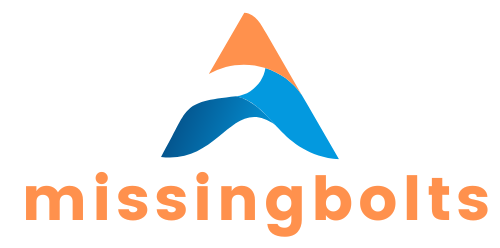A Bootstrap dress form is a custom-sewn, DIY dress form designed using personal body measurements. Unlike standard dress forms that come in generic sizes, Bootstrap dress forms are fully customized to replicate an individual’s exact body shape. This makes them a valuable tool for dressmakers, fashion designers, and sewing enthusiasts who want a precise, well-fitted mannequin for garment construction.
What is a Bootstrap Dress Form?
A Bootstrap dress form is a sew-your-own mannequin pattern that is created based on detailed body measurements. The pattern is available through Bootstrap Fashion, a company known for generating custom sewing patterns. Once purchased, the pattern is printed, cut, sewn, and stuffed to create a 3D replica of the user’s body.
Why Choose a Bootstrap Dress Form?
Custom-Fitted to Your Body: Unlike commercial dress forms, which come in standard sizes, a Bootstrap dress form reflects your unique proportions.
Affordable Alternative: Buying a professional adjustable dress form can be expensive. A Bootstrap dress form is an inexpensive DIY option.
Perfect for Pattern Fitting: It allows sewists to drape fabric, adjust patterns, and create custom-fitted clothing with accuracy.
How to Make a Bootstrap Dress Form
Creating a Bootstrap dress form requires sewing skills and patience, but the process is straightforward.
Step 1: Order the Custom Pattern
Visit Bootstrap Fashion and enter your measurements.
The system generates a personalized dress form sewing pattern in a PDF format.
Print the pattern on standard printer paper and assemble the pieces.
Step 2: Cut and Sew the Dress Form
Use a stable, non-stretch fabric like canvas, twill, or upholstery fabric.
Cut out the pattern pieces and follow the sewing instructions carefully.
Sew darts, princess seams, and internal support structures as needed.
Step 3: Insert Reinforcements
Some Bootstrap dress forms include internal support panels or boning to keep the shape structured.
Stiff interfacing or fusible backing can also help maintain the form’s rigidity.
Step 4: Stuff the Dress Form
Use polyester fiberfill, fabric scraps, or foam to fill the dress form evenly.
The stuffing should be firm to hold the shape properly without collapsing.
Adjust as needed to ensure it remains stable and accurate.
Step 5: Attach a Stand (Optional)
Some sewists mount the dress form on a PVC pipe, wooden stand, or adjustable base for better usability.
A weighted base ensures the form stays upright while best mini sewing machine working.
Benefits of Using a Bootstrap Dress Form
✅ Perfect Fit for Custom Garments – Ideal for adjusting sewing patterns to match real body proportions.
✅ Great for Draping and Alterations – Helps with designing, pinning, and modifying fabric before sewing.
✅ Budget-Friendly Option – Costs significantly less than professional dress forms.
✅ Portable and Lightweight – Unlike traditional mannequins, this dress form can be transported easily.
Conclusion
A Bootstrap dress form is an excellent tool for anyone who sews custom garments. It provides a realistic and affordable solution for achieving a perfect fit, making it a must-have for home sewists and professional dressmakers. With patience and careful construction, a DIY Bootstrap dress form can become an invaluable part of any sewing workspace.
